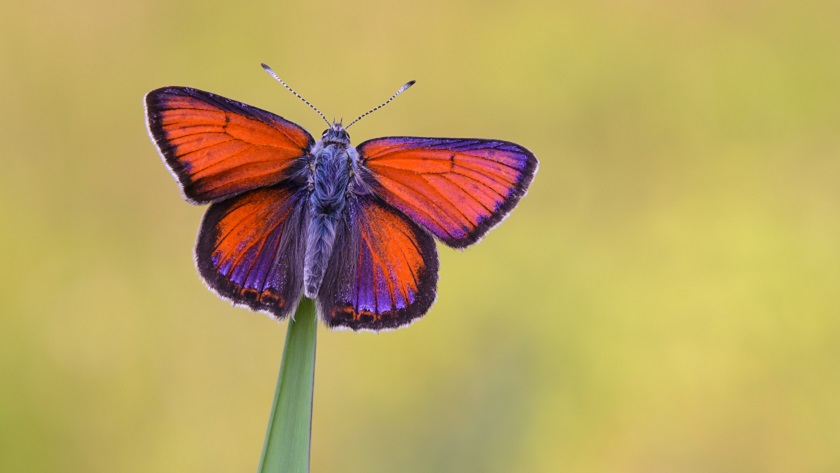
About 20,000 people are involved in producing the German Red Lists. These lists are based on all data and information available for the relevant species. Different experts obtain data from a variety of sources and analyse them. Specialist teams are formed for each species group, who use a standardized Red List methodology to assign a level of threat to each species.

The European polecat (Mustela putorius) is ‘Threatened’ (‘Gefährdet’) in Germany.
Photo: Steffen Spänig
The development of Red Lists is a complex procedure for which different skills are required according to each stage of the process. Biological, ecological and taxonomic expertise on the part of the specialists is a key prerequisite to ensure the quality of Red Lists. These skills are the result of scientific research, literature review and, more often than not, considerable long-standing field experience. Another important ingredient to success is collaboration among the experts because authoritative Red Lists have to reflect the threat status of species within a large geographic coverage, in this case Germany. In many species groups, the number of available specialists is quite limited. Nevertheless, the German Red List Centre aims to integrate all available expertise in the Red List development process, threat assessments and revisions.
Scientific community networks tend to work through regional expert group organizations. The German Red List Centre is in direct contact with about 650 Red List authors and supports networking with other specialists. One of the main tasks of the German Red List Centre is providing Red List authors with financial, technical and organizational support.

The Purple-edged copper (Lycaena hippothoe) is a member of the Blue family; it has been classified as ‘Threatened’’ (‘Gefährdet’) in the German Red List.
Photo: Florian Fraaß